Huawei Ascend Mate 7 vs Samsung Galaxy S5: first look
Huawei came out swinging today, and introduced a thoroughly metal-clad 6" flagship warrior with a touch fingerprint sensor on the back that would put the HTC One Max to shame. How would it fare, however, against the mother of all popular spring flagship, Samsung's Galaxy S5, and can it entice you to upgrade or eschew Samsung's finest altogether, opting for a much larger phone instead? We took both for a spin at the IFA expo, and here are the initial impressions from this comparison.
Design
Sorry, Samsung, but the looks department go to the Ascend Mate 7, with its thin and light crafted aluminum unibody. The phablet exudes a premium feeling from all sides, and feels just as solid in the hand. Unfortunately, Huawei went for the 6" route with this one, so one-handed operation, even with the interface-shrinking trickery, is not in the cards, so the ergonomic round goes to the soft-touch "dimpled" plastic on the S5. Still, the Mate 7 touts the amazing 83% screen-to-body ratio, which gives way only to one Sharp handset, while the rest is
When it comes to the fingerprint scanner that both phones have, we will have to give it to the Mate 7 again, as its sensor is touch-enabled, and doesn't require a swipe of the finger tip, similar to Apple's solution. Moreover, it is conveniently placed on the back, so you just press your index finger where it rests anyway, and unlock the phone, while with the S5's scanner in the home key you risk dropping the handset until you master the swiping motion.
Displays
The S5's 5.1" display, and the Mate 7's 6" panel couldn't be more different - the only similarity is the 1080p resolution. Samsung bets on a Super AMOLED panel, which exhibits flashy and popping, but somewhat cold colors by default, while the LCD screen of the Mate 7 looks more toned-down and realistic in comparison. Huawei's phone display doesn't sport as high of a pixel density, yet its 368ppi is more than enough for any purpose you'd throw at it. The screen is a beauty with its sheer size, and the superthin bezels that frame it, and is much more conducive for gaming, browsing, or media consumption. In fact, Huawei's chief said that Asia loves their large-screen phones on account of the fact that they play online games like crazy, but he thinks that Europe is ripe for huge display panels as well.
Interface
Huawei's new Emotion UI 3.0 introduces some fresh new Android L styling in the iconography and the navigation buttons. It is a very pretty and functional overlay, somewhat similar to TouchWiz, but only in the functionality part. Both phones offer plenty of handy features and multitasking options, with easy one-hand operation modes that shrink the interface as if you are using devices with smaller screens. Huawei thoroughly revamped its new UI version in the modern flat styling, resembling a lot iOS 8 at times, so it is a pretty funky combo visually, considering the Android L references we mentioned before.
Processors and memory
Huawei uses the newest version of its homebrew Kirin line of processor, the 925. It is a 1.8 GHz octa-core endeavor, with one dedicated Hi-Fi core for quality music output with the optional noise-cancelling headphones that are powered (and charged) by the phone's audio jack itself. Samsung uses a quick 2.5 GHz quad-core Snapdragon 801 processor for the S5, and both push the interface pixels without much issues, though we have to attest that EMUI 3.0 on the Mate 7 looks and moves much smoother than the somewhat ragtag and choppy TouchWiz. The handsets employ 2 GB of RAM, and 16 GB of storage, but the Mate 7 has a version with 3 GB of RAM and 32 gigs of internal memory which will run you a fifty more.
Cameras
Samsung bets on a 16 MP ISOCELL sensor for the Galaxy S5, which has proven time and again to be one of the best performers in our comparisons. It is capable of 4K video recording, as well as real time HDR stills and video footage. The Mate 7's 13 MP camera is yet to prove itself, but we'd wager to guess this is the same renowned Sony sensor that is in many flagships and even midrangers nowadays, so its performance should be more than adequate in all lighting conditions. Unfortunately, none of the handsets features optical image stabilization, so hold them steady when shooting your footages.
Expectations
So should you upgrade from the Galaxy S5 to the Mate 7, instead of other phablets, if you are looking for a handset with a bigger screen, or eschew the S5 altogether, and reach for Huawei's device in the first place? Well, we have to admit that we are really impressed with what Huawei has mastered. Granted, the Mate 7 is still a large handset, on account of the brilliant 6" panel, but its screen-to-phone ratio is so large, that it feels like a much smaller device in the hand. Moreover, the craftsmanship of its thin metal chassis reigns supreme over the orthodox S5, and it sports a much more ergonomic fingerprint sensor, plus the whole getup is powered by a giant 4100 mAh battery that would easily last you three days on a charge. In short, if you are looking towards a larger handset, based on out brief encounter with the device, the Mate 7 should one of your very serious considerations.

Follow us on Google News

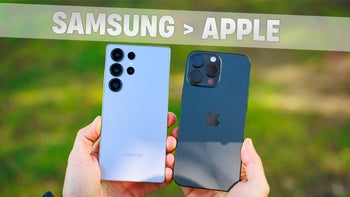
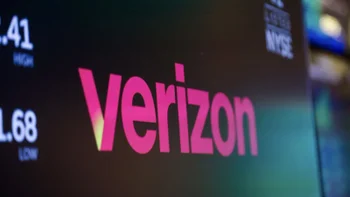

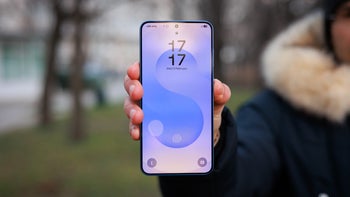



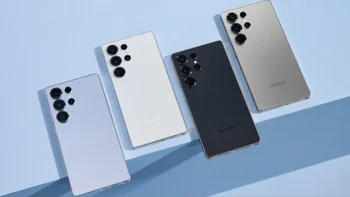

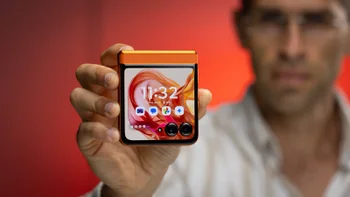
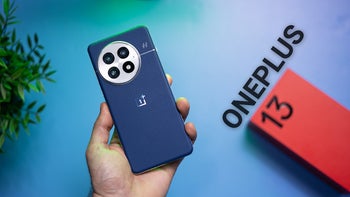
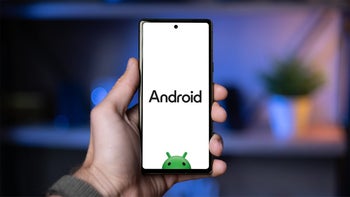
Things that are NOT allowed:
To help keep our community safe and free from spam, we apply temporary limits to newly created accounts: